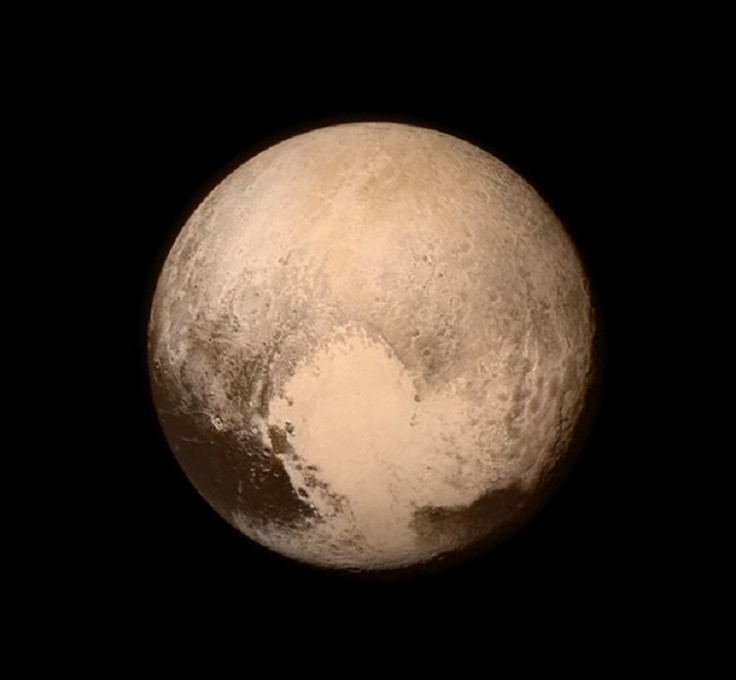Brian Cox says alien life could exist in Pluto's subterranean seas

Brian Cox has said alien life could exist on Pluto within the dwarf planet's subterranean seas. The physicist said data being returned from the New Horizons spacecraft has pointed at the presence of subterranean sea warm enough to host life – but whether we find it is another question.
He told the Times: "[The New Horizons probe] showed you that there may well be a subsurface ocean on Pluto, which means — if our understanding of life on Earth is even slightly correct — that you could have living things there.
"[But] it's not as accessible, unfortunately, as Europa [one of Jupiter's moons] or some of Saturn's moons. Titan looks as though it's got a subsurface ocean now, and Enceladus throws liquid into space, so you can fly through that and see if it's got organics in it."

He also said that while there might be life elsewhere in our solar system, it is unlikely it has evolved to become complex as life on Earth has: "In one sense, the Earth is definitely physically insignificant, and don't attach too much significance to the human race, because the disputes on this planet are parochial in the extreme given the size of the possibly infinite universe that we live in," he said.
"But also what science is telling us now is that complex life is probably rare ... We're physically insignificant and yet probably very valuable."
New Horizons scientists are expecting the next load of data to be beamed back to Earth over the coming week. So far just 5% of its observations have been returned. Last week, the team announced a potential flyby target in the Kuiper Belt for the spacecraft's next mission.
Alan Stern, principal investigator of New Horizons, said 2014 MU69 is a "great choice" because it is just the right type of Kuiper Belt object the Decadal Survey had wanted the team to visit. It also costs less to reach than other candidates in terms of fuel, which leaves more fuel for the flyby and science.
New Horizons scientist John Spencer added: "There's so much that we can learn from close-up spacecraft observations that we'll never learn from Earth, as the Pluto flyby demonstrated so spectacularly. The detailed images and other data that New Horizons could obtain from a KBO flyby will revolutionize our understanding of the Kuiper Belt and KBOs."
© Copyright IBTimes 2024. All rights reserved.







